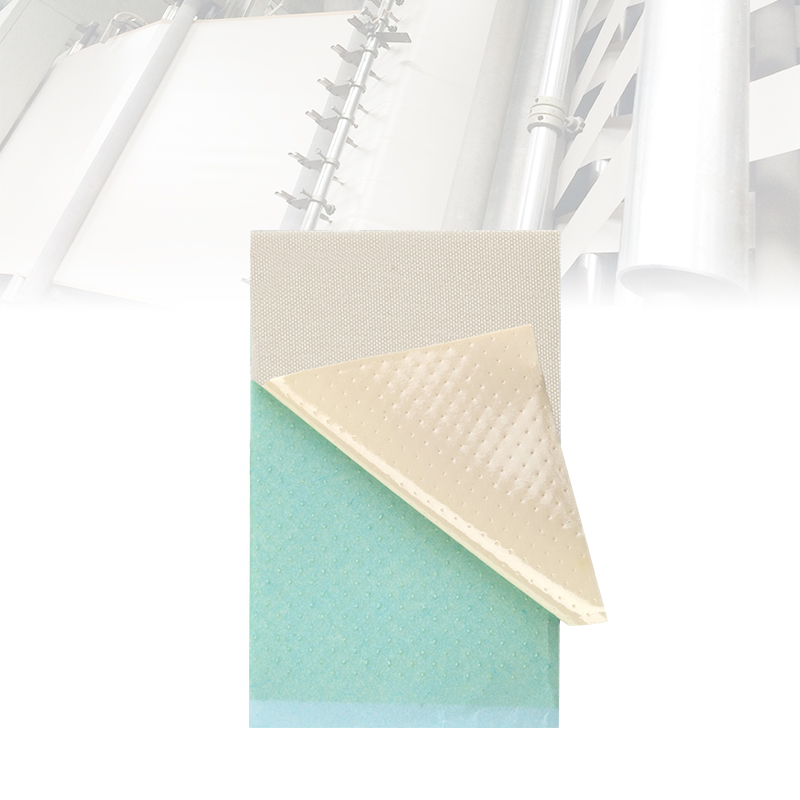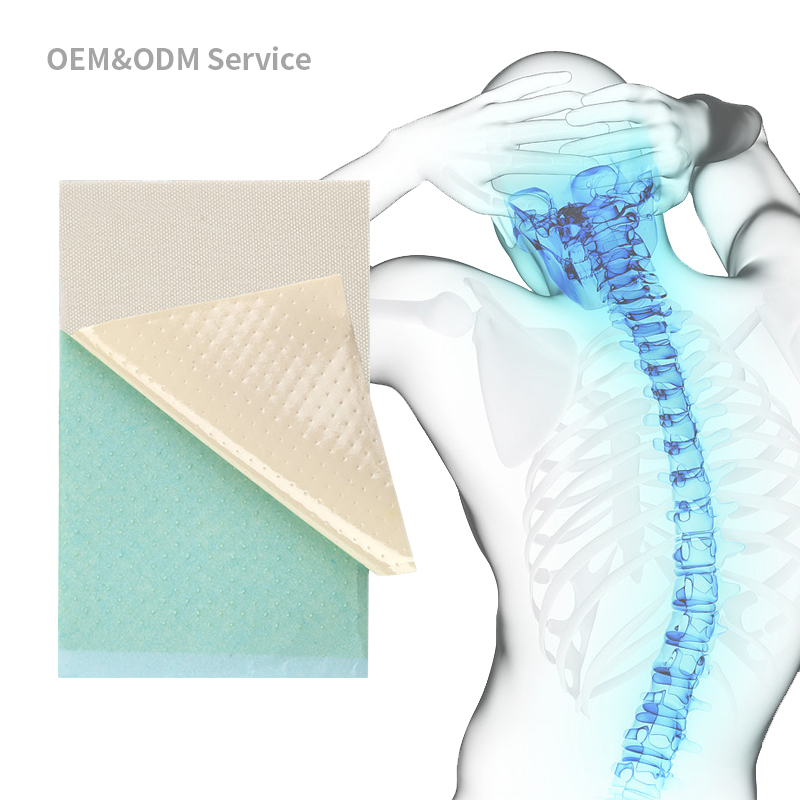How to Choose a Reliable Supplier for Back Pain Patches
Selecting a reliable supplier for back pain patches is a critical decision that can significantly impact your business's success and reputation. Whether you are looking for a Back Pain Patches manufacturer, Back Pain Patches OEM (Original Equipment Manufacturer), Custom Back Pain Patches, Private Label Back Pain Patches, or a general Back Pain Patches supplier, there are several key factors you need to consider to ensure you make the right choice. This article will guide you through the essential steps to identify a trustworthy supplier that meets your business needs.

Understanding Your Requirements
Before you begin your search for a reliable Back Pain Patches supplier, it is crucial to have a clear understanding of your specific needs. Consider the following aspects:
- Product Specifications: Determine the type of back pain patches you need. Are you looking for traditional medicated patches, herbal patches, or innovative pain relief technologies?
- Quantity: Estimate the volume of products you require. This will help you identify suppliers who can meet your demand.
- Customization: Decide if you need custom back pain patches with specific ingredients, sizes, or packaging. This is essential if you are aiming for a private label or custom branding.
- Quality Standards: Establish the quality standards your products must meet. Consider certifications and regulatory compliance required in your target markets.
Research Potential Suppliers
Once you have a clear understanding of your requirements, begin researching potential suppliers. Here are some effective strategies:
- Online Directories: Utilize online directories and B2B platforms such as Alibaba, Global Sources, and ThomasNet. These platforms offer extensive lists of Back Pain Patches manufacturers and suppliers.
- Trade Shows: Attend industry trade shows and exhibitions. These events provide opportunities to meet suppliers face-to-face, inspect their products, and discuss your requirements in detail.
- Industry Associations: Join industry associations and networks. They often have member directories and can provide recommendations for reliable suppliers.
- Referrals: Seek referrals from industry peers, colleagues, and business partners who have experience in sourcing back pain patches.
Evaluate Supplier Credentials
After identifying potential suppliers, the next step is to evaluate their credentials to ensure reliability and trustworthiness. Consider the following factors:
- Experience and Reputation: Assess the supplier’s experience in manufacturing back pain patches. Check their track record and reputation in the industry. Look for reviews, testimonials, and case studies.
- Certifications and Compliance: Verify if the supplier holds relevant certifications such as ISO, GMP (Good Manufacturing Practice), and FDA approval. These certifications indicate adherence to quality standards and regulatory compliance.
- Manufacturing Capabilities: Evaluate the supplier’s manufacturing capabilities. Ensure they have the necessary equipment, technology, and skilled workforce to produce high-quality back pain patches.
- Quality Control: Investigate the supplier’s quality control processes. Ask about their testing methods, quality assurance procedures, and how they handle defects or product recalls.
Request Samples and Test Products
Before finalizing a supplier, request product samples to evaluate their quality firsthand. Testing samples will help you assess:
- Product Efficacy: Ensure the back pain patches effectively provide pain relief as advertised.
- Product Quality: Check for consistency in size, adhesive strength, and overall durability.
- Packaging Quality: Evaluate the packaging for durability, clarity of instructions, and overall presentation.
Assess Financial Stability and Capacity
Partnering with a financially stable supplier is essential to ensure a steady supply chain. Consider the following:
- Financial Health: Review the supplier’s financial statements, credit history, and payment terms. A financially stable supplier is less likely to experience disruptions in production.
- Production Capacity: Ensure the supplier has the capacity to meet your demand, especially if you plan to scale your business. Inquire about their lead times and ability to handle large orders.
Negotiate Terms and Agreements
Once you have identified a reliable supplier, it is time to negotiate terms and agreements. Key points to discuss include:
- Pricing: Negotiate competitive pricing while ensuring product quality is not compromised.
- Payment Terms: Agree on favorable payment terms, such as net 30 or net 60, to manage cash flow effectively.
- Minimum Order Quantities (MOQs): Understand the supplier’s MOQs and ensure they align with your business needs.
- Lead Times: Clarify lead times for production and delivery to ensure timely supply.
- Contract Terms: Draft a detailed contract outlining all terms, including confidentiality agreements, intellectual property rights, and dispute resolution mechanisms.
Monitor and Maintain the Relationship
After finalizing the agreement and starting the partnership, it is crucial to monitor and maintain a good relationship with your supplier. Here are some tips:
- Regular Communication: Maintain open and regular communication to address any issues promptly.
- Performance Reviews: Conduct periodic performance reviews to ensure the supplier continues to meet your quality and delivery standards.
- Feedback Loop: Establish a feedback loop to continuously improve product quality and address any concerns.
- Long-term Partnership: Foster a long-term partnership based on trust and mutual benefits. A stable relationship can lead to better terms and collaboration on new product developments.
Related Questions and Answers
1. What are the key certifications to look for in a Back Pain Patches manufacturer?
Look for certifications such as ISO, GMP (Good Manufacturing Practice), and FDA approval. These certifications indicate adherence to international quality standards and regulatory compliance.
2. How can I ensure the quality of custom back pain patches?
Request product samples and conduct thorough testing for efficacy, consistency, and packaging quality. Additionally, verify the supplier’s quality control processes and certifications.
3. What should I consider when choosing a Private Label Back Pain Patches supplier?
Consider the supplier’s experience, manufacturing capabilities, customization options, quality control processes, and financial stability. Ensure they can meet your branding and packaging requirements.
4. How do I negotiate favorable terms with a Back Pain Patches supplier?
Negotiate competitive pricing, favorable payment terms, and clear lead times. Ensure all terms are documented in a detailed contract, including confidentiality agreements and intellectual property rights.
5. Why is financial stability important when selecting a Back Pain Patches supplier?
A financially stable supplier is less likely to experience production disruptions, ensuring a steady supply of products. Reviewing the supplier’s financial health helps mitigate risks of supply chain interruptions.






